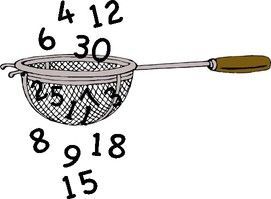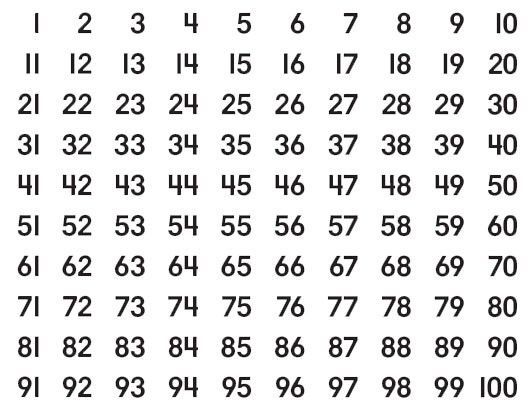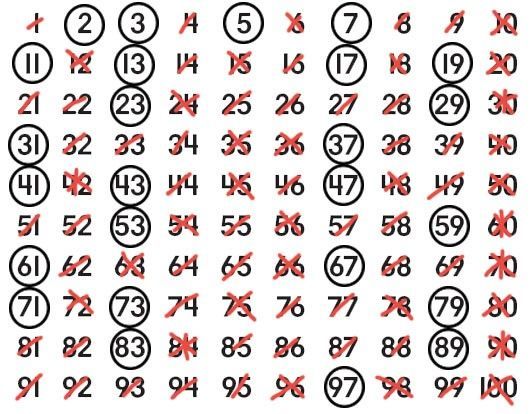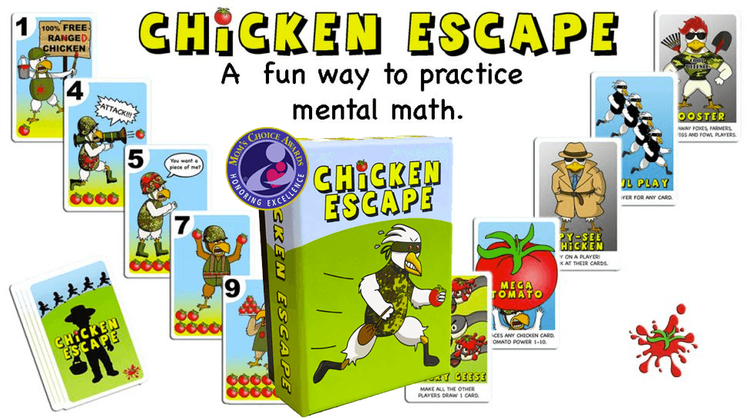Eratosthenes and His Sieve
Prime Numbers and “The Sieve of Eratosthenes”
Over two thousand years ago a Greek mathematician named Eratosthenes invented an ingenious technique that helps to find all the prime numbers between one and two hundred. It is a very interesting procedure called “The Sieve of Eratosthenes”. Of course, we can always find prime numbers by counting, multiplying, and dividing but this technique is a lot more fun to teach when you are starting with prime numbers and it gets the students’ attention because they see it as a game. This mathematical procedure was not the only great achievement of Eratosthenes.
Eratosthenes was a Greek mathematician, geographer, and librarian. He is best known for accurately calculating the circumference of the Earth. He determined the circumference of the Earth by using a simple but ingenious method that is very well described in this video Eratosthenes method of measuring the Earth. Eratosthenes read widely and wrote in philosophy, history, poetry geography, astronomy, and mathematics. He studied at Plato’s school in Athens and was admired by Archimedes. He spend most of his life as a chief librarian at the great University of Alexandria, a university that was the first of its kind and became the model for many universities today. Eratosthenes lost his eyesight in old age, and it is said that after that the great scholar refused to eat. He would rather die ,he said than live without being able to read.
Prime Numbers
It appears that the truly fascinating Prime numbers have intriqued mathematicians and people in general for thousands of years.
What is a prime number? What makes it special? A prime number is a number that has exactly two divisors. Just number one and itself. The Latin word primus means first in importance. The primes lead to important properties of numbers. Numbers that have more than two divisors are called composite numbers.

Eratosthenes’s famous “sieve” is a simple technique that eliminates composite numbers leaving primes “trapped” in the “sieve”.
Children will enjoy learning the Eratosthenes’s method because is like a game in which you need to correctly follow a few steps. You can have some interesting conversations with this activity. Ask the students to explain why it works.
The “sieve” of Eratosthenes – A method for finding prime numbers.
Follow the instructions to find all the prime numbers between 1 and 100 using the method developed by Eratosthenes.

- Cross out number 1. Number 1 is not classified as a prime number since it only has one divisor.
- Draw a circle around 2, the smallest prime number. Cross out every second number after 2.
- Draw a circle around 3, the next prime number. Cross out every third number after 3. (Some numbers will be crossed out more than once.)
- Circle the next open number, 5. Cross out every fifth number after 5.
- The next number is 7. Circle 7 and then cross out every seventh number after 7.
- Go through the grid and circle every number that has not yet been crossed out.
This is how your grid should look.

The circled numbers are all the prime numbers between 1 and 100. You should have found a total of 25 primes between 1-100.
Here is a worksheet for you to try this method with your students.
Try also this worksheet for Goldbach’s theory about prime numbers.
More Great Mathematicians



